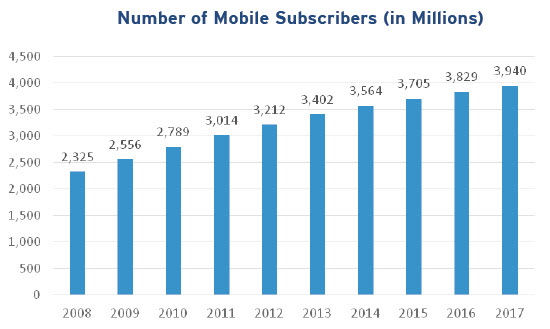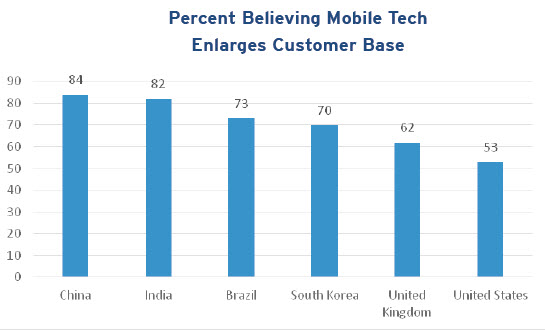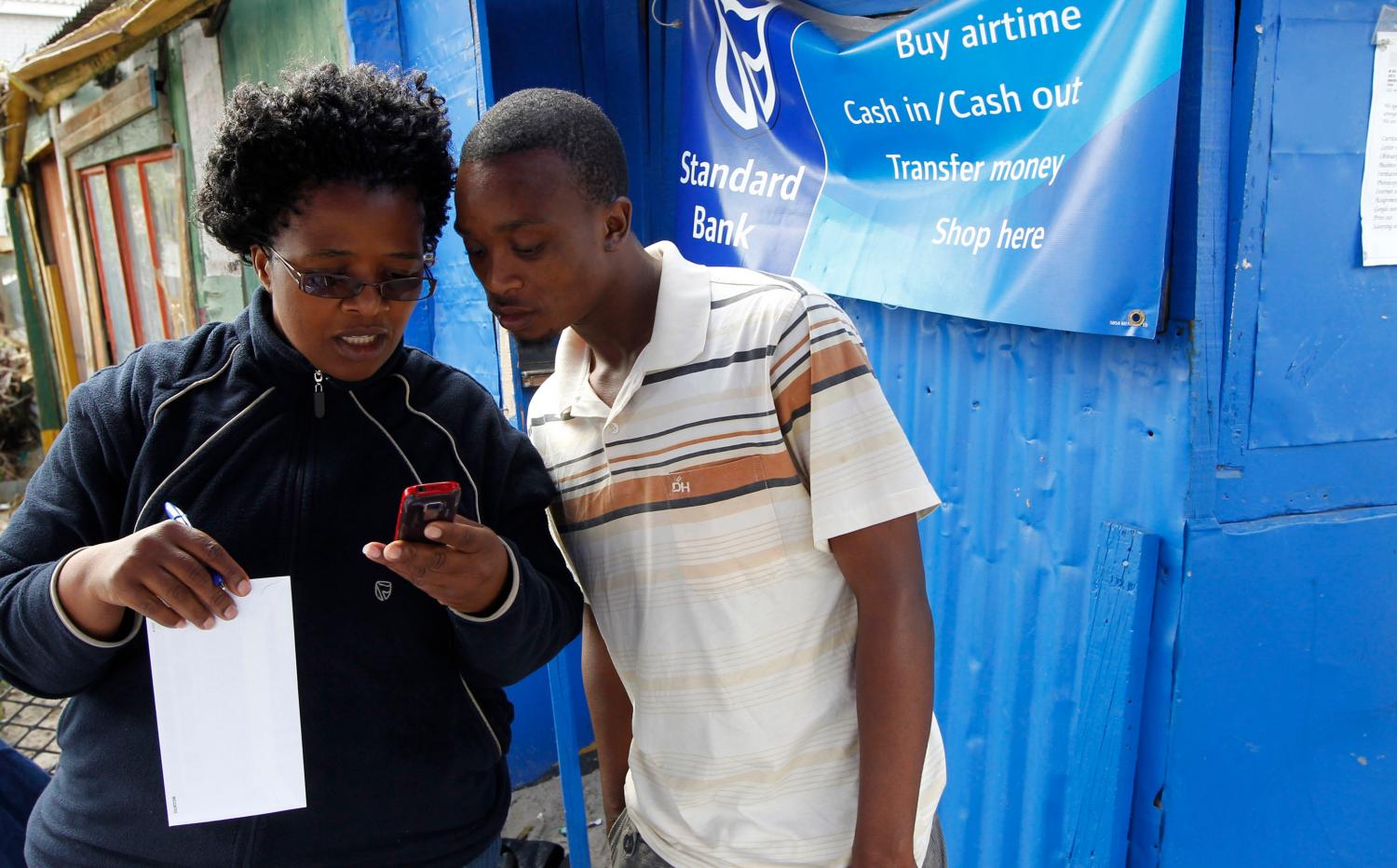Editor’s Note: The Center for Technology Innovation at Brookings releases this paper in conjunction with the May 16 forum at Brookings, “Mobile Technology’s Role in Combating Global Poverty and Enabling Entrepreneurship.” Both are part of the wider Mobile Economy Project which examines how the rapid expansion of mobile technology around the world is transforming economic opportunity for millions.
Poverty is one of the most pressing problems around the world. According to statistics from the World Bank, nearly one-quarter of the global population lives at or below the poverty line of $1.25 per day.[i] With so many people struggling for basic subsistence, it is hard for those affected to get out of poverty, gain access to capital, or develop small firms or businesses that help them build a better life.
Yet with the growth of mobile technology, there are new opportunities for individuals and small businesses to lift themselves up. People can use handheld devices to make monetary transfers, arrange for microfinance loans, establish small enterprises, and improve their economic circumstances. This helps them alleviate poverty and create a better situation for themselves and their families.
Jeffrey Sachs, director of Columbia University’s Earth Institute, said that wireless communication is a breakthrough technology that helps to solve the worst problems associated with health care, poverty, and educational access. “Now in every village where I go, someone’s got a cell phone, somebody can make an emergency call, someone can find out the price on the market, someone can start a business empowered by the fact that they can reach a customer or a supplier, someone can drive a taxi or a truck for that reason as well. Everything is changing,” said Sachs.[ii]
In this Mobile Economy Project report, Darrell West looks at the growth of handheld devices and investigates the barriers to doing business in the developing world. In particular, West explores how mobile devices enable individual entrepreneurship and small business development. Despite the presence of barriers such as corruption, lack of transparency and capital, and poor infrastructure in many parts of the developing world, there are successful ventures enabled by mobile technology.
The report details some of the cases which illustrate emerging possibilities for alleviating poverty in different countries including:
- The growth of mobile devices
- Mobile money transfer services
- Mobile tools for small businesses
- Microfinance applications


[i] World Bank data is found at http://povertydata.worldbank.org/poverty/home/.
[ii] Kyla Yeoman, “Can Mobile Phones End Extreme Poverty?”, Global Envision, March 16, 2012.
The Brookings Institution is committed to quality, independence, and impact.
We are supported by a diverse array of funders. In line with our values and policies, each Brookings publication represents the sole views of its author(s).




